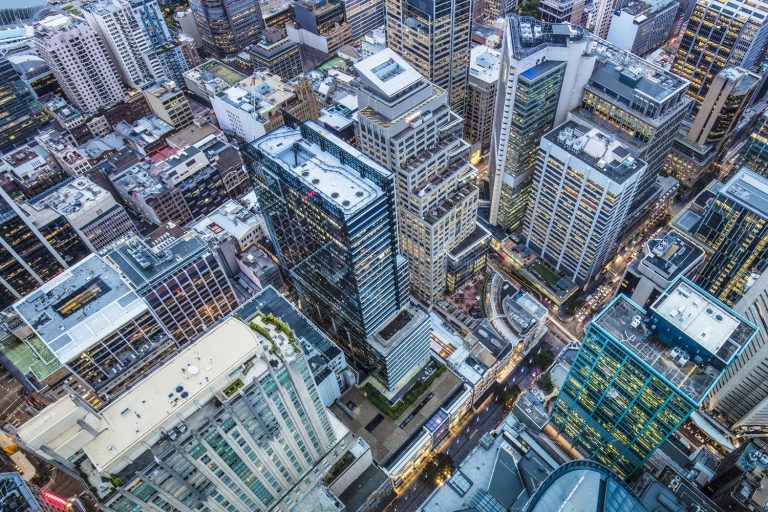Why rising commercial property prices make sense despite tenancy woes

Rising bond yields change investment decisions, and for commercial property this is no exception.
While a comparison of property yields to the 10-year bond rate is a popular way to decide whether commercial property is too expensive, an analysis by property company, Cushman and Wakefield, showed the sector is still some way off this point, despite some fairly major issues with tenant demand.
Property yields are calculated by the rent a property attracts divided by the property’s value (the price). Right now, the commercial sector, particularly office and retail assets, are seeing rising vacancy rates, driven by big changes to how we work and shop, which is leading to rental declines.
At the same time, cheap finance and economic recovery is leading to price rises. Rents are going down while prices are rising and as a result, yields this year will continue to fall.
Historically, property yields have frequently been below the 10-year bond rate. At first glance this seems surprising given that buying 10-year bonds is essentially risk free, whereas owning a commercial building is definitely not.
However, investors generally rely on the fact that rents will rise in line with prices, so a longer term investment decision makes sense.
Right now, yields for Sydney Prime offices are still well above the 10-year bond rate, and even though the 10-year bond rate is rising and property yields are falling, the gap is still wide enough to withstand quite a lot of movement, whether that be a sharp fall in rents or an increase in values.
Other commercial property types are also showing similar gaps.
While the biggest impact of COVID-19 on commercial property has been on tenant demand, we are continuing to see a large gap between property yields and the 10-year bond rate. For now, higher prices continue to make sense.
This article originally appeared on realestate.com.au/Insights.







